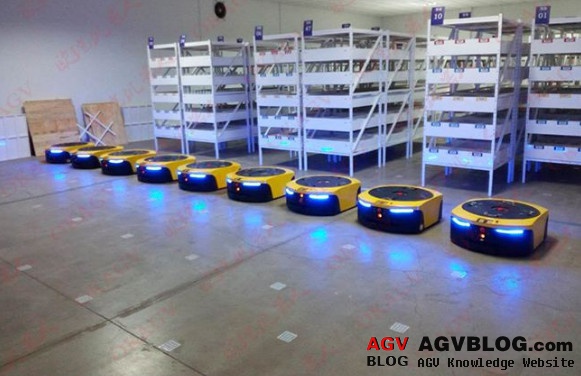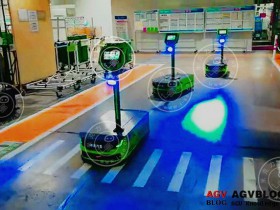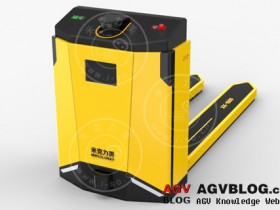Several evaluation items that need to be understood when purchasing AGV
(1) AGV Security
When AGV carts complete automated handling operations, in addition to ensuring AGV's own safety and the normal operation of AGV functions, it is also necessary to protect the safety of personnel and operating environment facilities to the greatest extent possible. Therefore, the purchase of AGV automatic guided vehicles should consider the following safety protection measures:
① There are no sharp parts such as sharp corners and other protrusions on the exterior of the body.
② Obstacle contact buffers must be installed on the AGV body.
③ The obstacle proximity detection device is preferably a multi-level proximity detection device. Generally, the obstacle proximity detection device has more than two levels of safety protection settings. If it is within a certain distance, it will slow down the AGV. At a closer distance, it will stop the AGV and when the obstacle is removed After the vehicle is turned off, the AGV will automatically resume normal driving.
④Safety protection device of the executive mechanism of automatic loading and unloading of goods. Generally, in the same vehicle, both types of mechanical and electrical protection devices are provided, which are related to each other and have a protective effect at the same time.
⑤ The AGV must be equipped with multiple alarm devices. Including: Automatic operation indicator light: when the AGV is automatically running, the indicator light is on; when the AGV is in a non-automatic operation state, the indicator light is off. Warning light: When the AGV enters the running state from the stop state, when the AGV is in the backward running state or when the AGV is abnormal, an audible and visual alarm is given.
⑥Emergency stop device: AGV must have an emergency stop device to maintain itself under sudden abnormal conditions.
⑦ State monitoring device: monitor the AGV running state, especially when the AGV is abnormal, it can have a monitoring function to understand the state and its cause.
(2) Basic parameters and performance index of AGV
When choosing an AGV car, the following basic parameters and performance indicators should be considered:
AGV guidance method;
AGV drive type;
AGV weight (without battery);
Rated load capacity;
Running speed
Turning radius;
positioning accuracy;
Body size;
Battery type and charging method;
Continuous working time;
Alarm and emergency stop devices;
Control System.
(3) AGV After-sales Service
In order to ensure the safe, reliable and good operation of the AGV, it is essential to provide high-quality comprehensive after-sales service and technical services. Mainly manifested in the following aspects:
① Quickly reply or handle comments, letters, telephones, and faxes on customer opinions.
② Do return visits from time to time, take the initiative to understand the AGV system engineering delivered, and remedy and solve problems in time.
③ System maintenance and fault repair. Improve the AGV maintenance manual, when the AGV fails, it can quickly organize and carry out on-site failure repairs and respond quickly.
④Provide the latest AGV system technical information, provide AGV system product and software version upgrade suggestions and technical advice to ensure and extend the life cycle of the supplied AGV system and equipment.
⑤Provide timely, comprehensive and high-quality technical services to users. Provide training on design, installation, maintenance and operation of relevant users.
(4)Application scenario analysis of AGV
The AGV car solution is customized according to the customer's actual application scenario and should meet production needs and future development. Need to do the following analysis of application scenarios:
① The operation route of AGV (the position of the upper and lower material points and the material transportation sequence between the points).
②The beat of the conveying (how often to convey and the requirements of the production line materials).
③The weight, size and packaging style of the product to be transported.
④ The form of loading and unloading (latent type, trailer type, roller docking type, backpack type, manual loading and unloading, etc.), planning the transportation route to achieve the shortest path, simple and smooth purpose.





